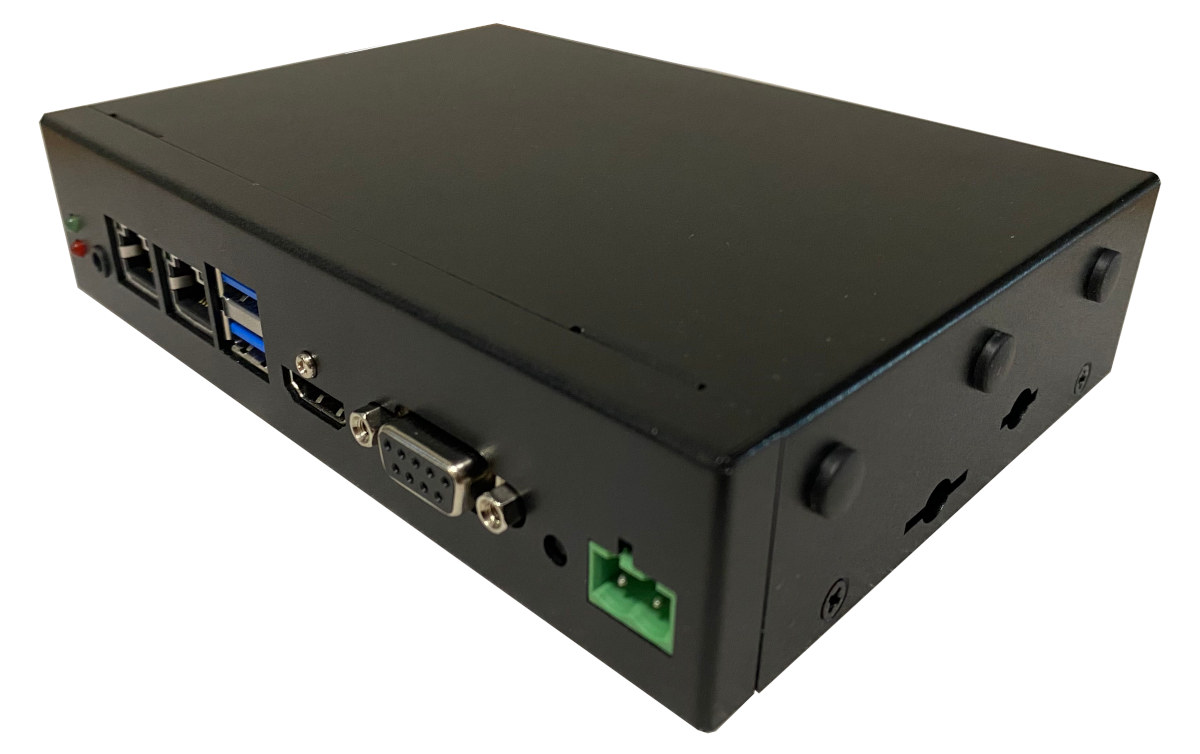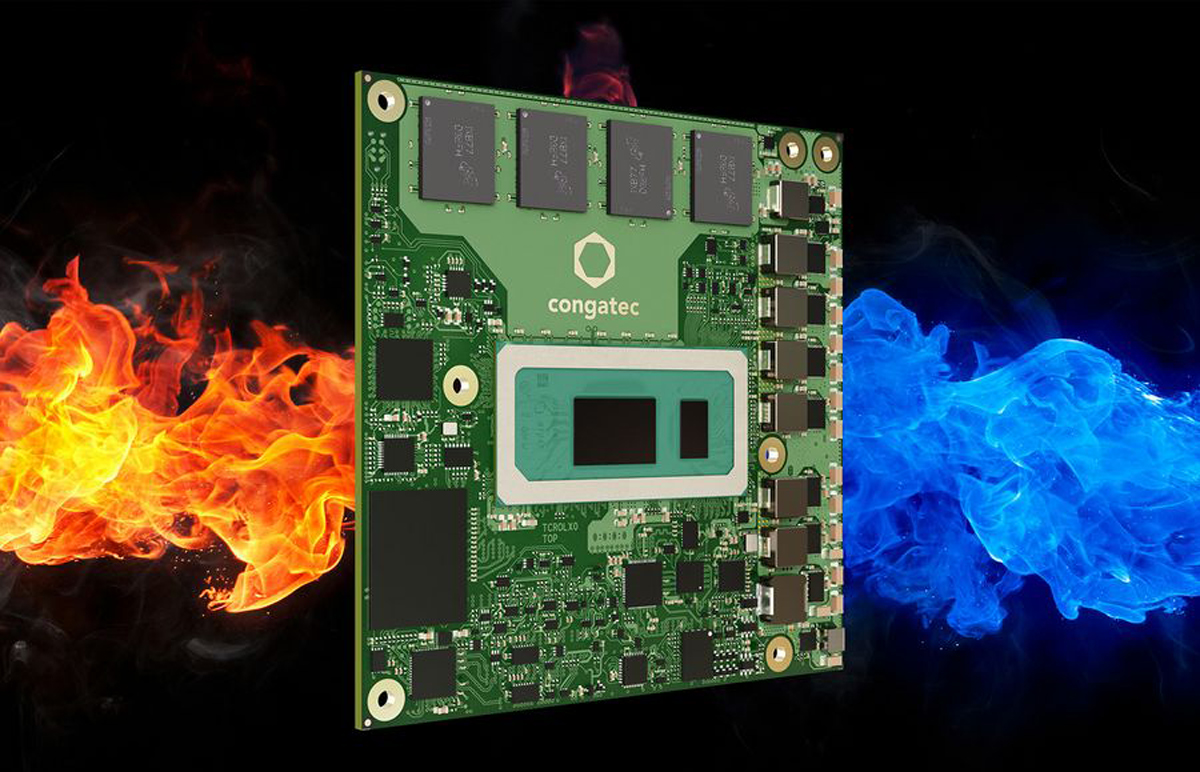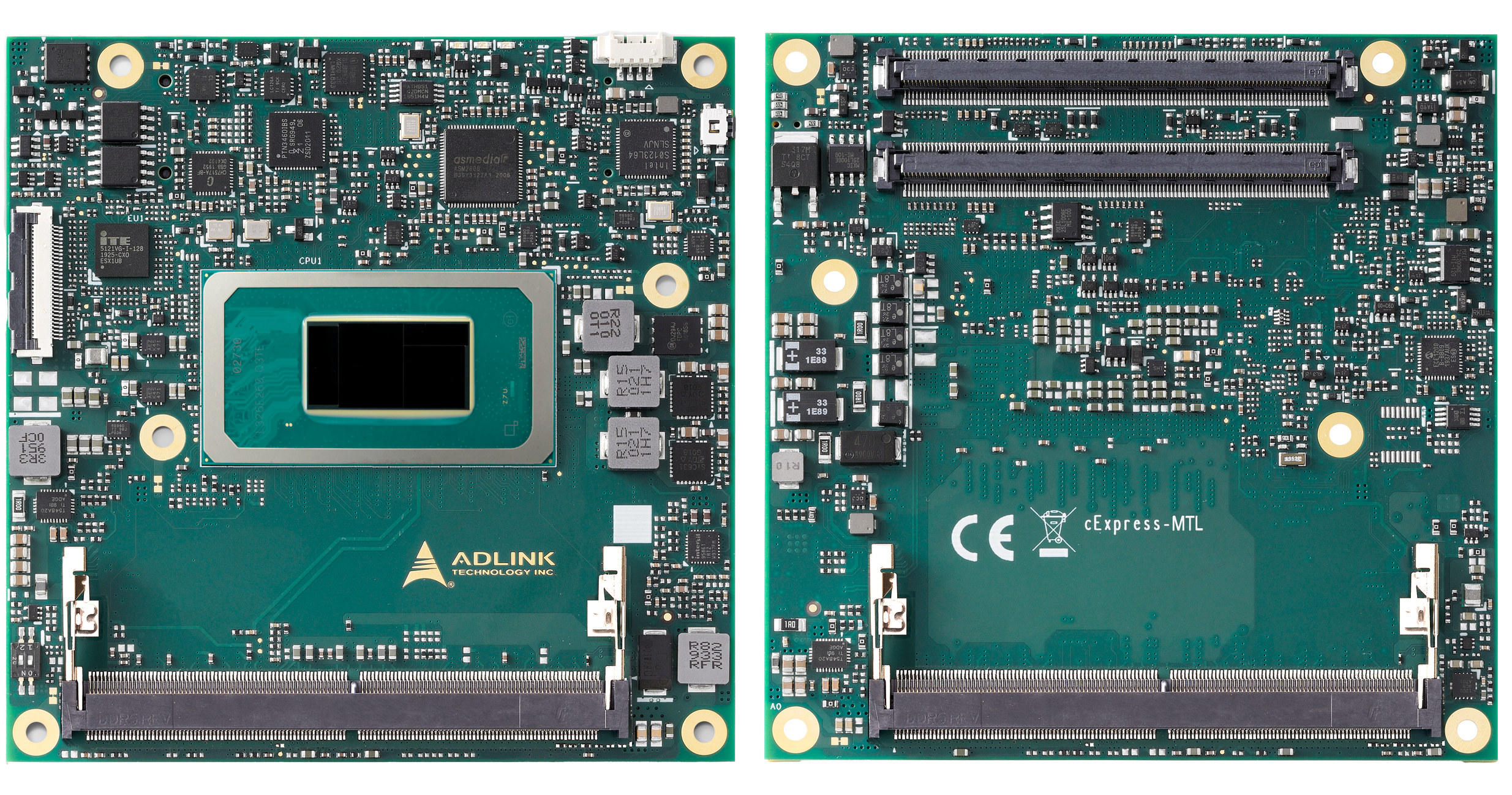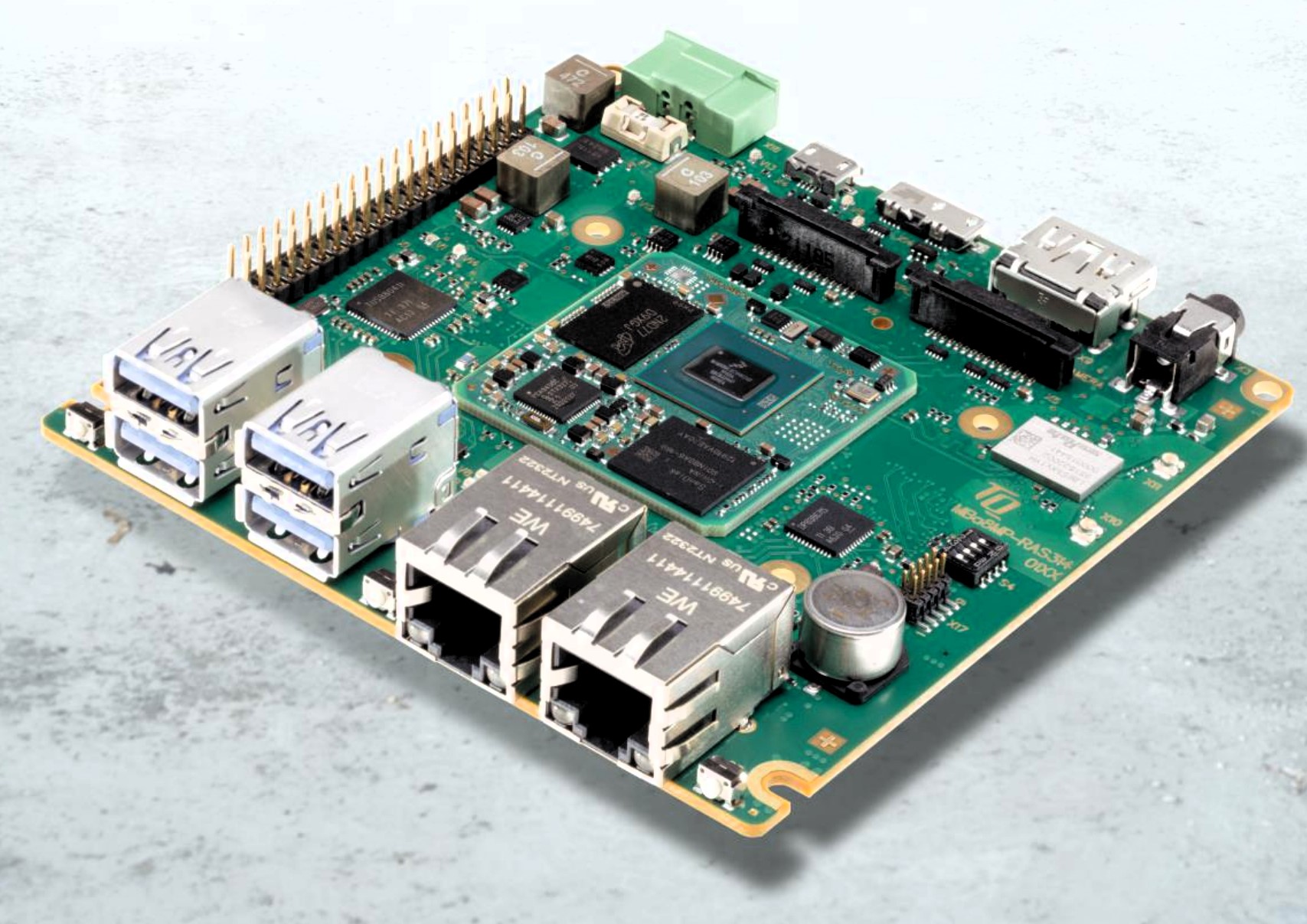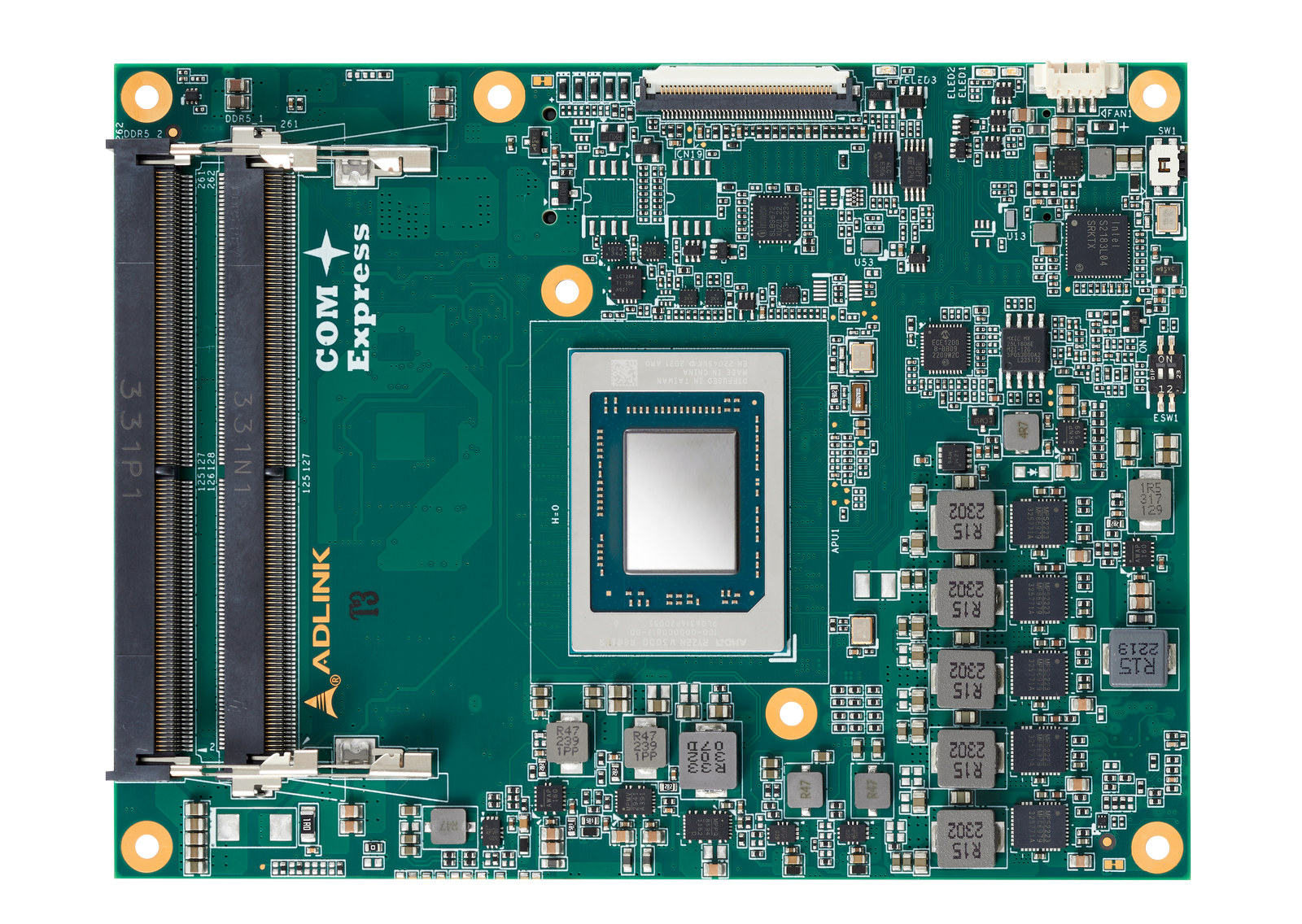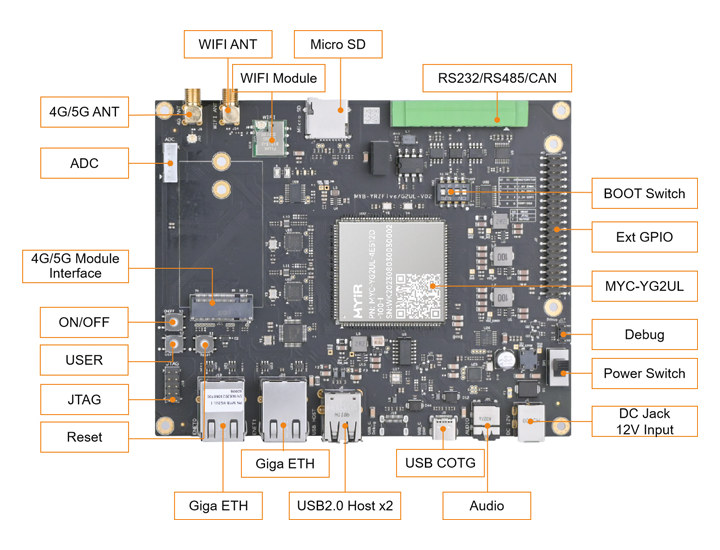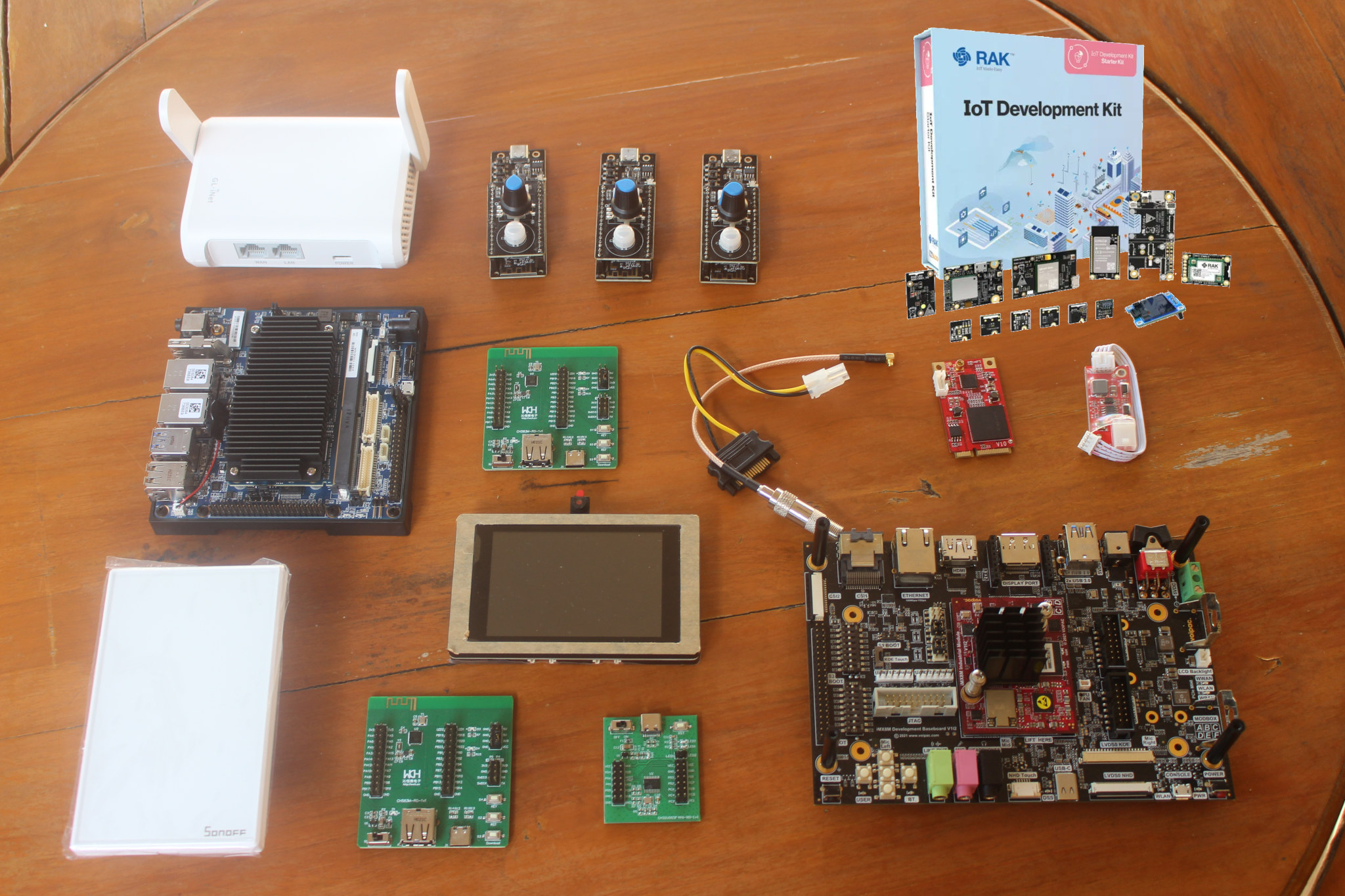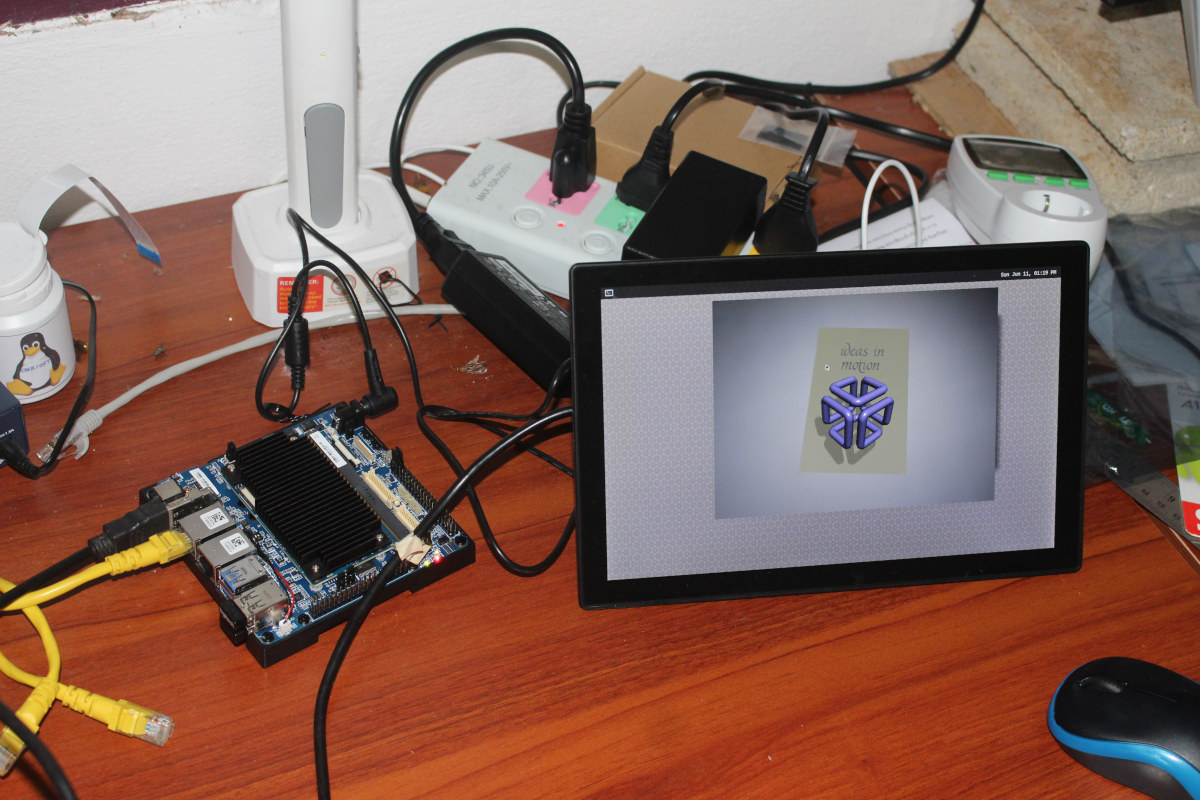Taiwan-based MayQueen Technologies has recently introduced the PANZER-PLUS fanless AIoT computer powered by an NXP i.MX 8M Plus Arm SoC with support for Ubuntu 22.04, Android 12/13, and Yocto 4.0 “Kirkstone”, but the company also claims it is working on Ubuntu 24.04 and Android 14 operating systems, as well as Yocto 5.0 “Scarthgap”. The company initially pinged us in 2018 about its NXP iMX6UL-powered PANZER fanless box PC and contacted us again last week with the new PANZER-PLUS model equipped with an NXP i.MX 8M Plus AI processor, which I found only mildly interesting until the company informed me about (planned) software support. So let’s have a closer look. PANZER-PLUS specifications: SoC – NXP i.MX8M Plus CPU – Quad-core Arm Cortex-A53 processor @ 1.8GHz MCU – Arm Cortex-M7 real-time core @ 400 MHz GPU – Vivante GC520L 2D GPU, Vivante GC7000UL 3D GPU VPU – 1080p60 hardware decoder (HEVC, H.264, […]
Congatec conga-TC675r – A COM Express Type 6 module with soldered RAM, 13th Gen Intel Core CPU
We’ve noticed a surge in the popularity of COM Express modules and Congatec has recently announced six new conga-TC675r COM Express Type 6 Computer-on-Modules based on 13th Gen Intel Core (Raptor Lake) processors that happen to come with soldered RAM instead of the usual SO-DIMM memory slots found in this form factor. The modules come with up to 14(6P+8E) cores and 20-thread, ultra-fast LPDDR5x memory, all within a total TDP of 45W. According to Congatec, this device is designed to work under extreme temperatures (-40°C to +85°C), and is built to withstand the highest standards for shock and vibrations notably thanks to the user of soldered onboard RAM, making this device suitable for off-road vehicles for mining, construction, agriculture, forestry, and other demanding mobility applications. Previously we have seen manufacturers like ADLINK announce COM Express modules based on the 13th Gen architecture, and both ADLINK and Congatec have also just […]
COM Express Type 6 Compact module features 14th gen Intel Core Ultra “Meteor Lake” processor
ADLINK cExpress-MTL is a COM Express Type 6 Compact module based on the just-announced 14th gen Intel Core Ultra “Meteor Lake” processor family with up to fourteen CPU cores in 6P+8E configuration, eight Xe-cores (128 EUs), and an NPU (11pTOPS/8.2eTOPS) in a 15 or 28W TDP thermal configuration delivering up to 1.9x the GPU performance of the previous generation (Raptor Lake). The power consumption will also be lower thanks to Intel Core Ultra’s new Low-Power E-cores that are 30 to 50% more efficient than the E-cores in 13th gen Intel Core processors, and the faster GPU and built-in NPU will enable hardware-accelerated AV1 encoding/decoding and various devices leveraging AI such as portable medical ultrasound devices, industrial automation, autonomous driving, AI robots, and more. cExpress-MTL specifications: Meteor Lake-H/U SoC (one of the other) Intel Core Ultra 7 MS3 165H 16-core (6P+8E+2LPE) processor @ 1.4 / 5.0 GHz with 24MB cache, Intel […]
TQ MBa8MP-RAS314 i.MX 8M Plus single board computer targets industrial, medical, and transportation applications
TQ has recently introduced a single board computer (SBC) called MBa8MP-RAS314. This industrial SBC is built on the TQMa8MPxL embedded module powered by the i.MX 8M Plus Arm Cortex-A53 processor developed by NXP and incorporates all the interfaces of the processor. The MBa8MP-RAS314 single board computer (SBC) finds many applications across various industries due to its features and versatility. In the medical field, it can be found in equipment for sleep monitoring, HMI eye laser systems, dialysis system control, and patient monitoring. In transportation, it can be used for in-vehicle diagnostics and acts as a gateway. Its capabilities extend to industrial automation, where it contributes to optical inspection systems, soft PLCs, programmable control, machine control, and maintenance systems. Specifications: CPU/Processor NXP i.MX 8M Plus Quad 8 ML/AI NXP i.MX 8M Plus Quad 6 Video NXP i.MX 8M Plus Quad 4 Lite Memory/Storage LPDDR4-SDRAM: Up to 8 GB Quad SPI NOR: […]
AMD Ryzen Embedded V3000 COM Express Type 7 module supports up to 64GB DDR5 memory
ADLINK Express VR7 is a COM Express Basic size Type 7 computer-on-module powered by the eight-core AMD Ryzen Embedded V3000 processor with two 10GbE interfaces, fourteen PCIe Gen 4 lanes, and optional support for the “extreme temperature range” between -40°C and 85°C. The COM Express module supports up to 64GB dual-channel DDR5 SO-DIMM (ECC/non-ECC) memory and targets headless embedded applications such as edge networking equipment, 5G infrastructure at the edge, video storage analytics, intelligent surveillance, industrial automation and control, and rugged edge servers. Express-VR7 specifications: SoC – AMD Embedded Ryzen V3000 (one or the other Ryzen V3C48 8-core/16-thread processor @ 3.3/3.8GHz; TDP: 45W Ryzen V3C44 4-core/8-thread processor @ 3.5/3.8GHz; TDP: 45W Ryzen V3C18I 8-core/16-thread processor 1.9/3.8GHz; TDP: 15W (useful in the extreme temperature range) Ryzen V3C16 6-core/12-thread processor 2.0/3.8GHz; TDP: 15W Ryzen V3C14 4-core/8-thread processor 2.3/3.8GHz; TDP: 15W System Memory – Up to 64GB (2x 32GB) dual-channel ECC/non-ECC DDR5 memory […]
Renesas RZ/G2UL Arm Cortex-A55/Cortex-M33 industrial system-on-module sells for as low as $17 in volume
MYiR Tech MYC-YG2UL is a tiny (39x37mm) system-on-module based on the Renesas RZ/G2UL SoC with a 1GHz Arm Cortex-A55 application core and 200MHz real-time Cortex-M33 cores designed for industrial HMIs and gateways, and the company has also launched the MYD-YG2UL development board with the module and interfaces such dual gigabit Ethernet, RS485, RS232, CAN Bus, and more. MYC-YG2UL Renesas RZ/G2UL CPU module Specifications: SoC – Renesas RZ/G2UL (Type-I) CPU – Arm Cortex-A55 processor at up to 1 GHz MCU – Arm Cortex-M33 clocked at up to 200 MHz GPU – 2D graphics (Image Scaling Unit) System Memory – 512MB DDR3L Storage – 4GB eMMC flash, 4KB EEPROM 1.0mm pitch 140-pin castellated holes and 50-pin LGA Display – RGB LCD interface Camera – MIPI CSI interface Networking – 2x RGMII (gigabit Ethernet) USB – 2x USB 2.0 Analog – 2x ADC Other I/Os – 5x SCIF, 2x SCI, 2x CAN FD, 4x […]
Giveaway Week 2023 winners announced!
CNX Software’s Giveaway Week 2023 is now over and we’re ready to announce the winners. We offered some of the review samples we tested (or not) in the last year, and like the last two years, we were also joined by RAKwireless who offered two IoT development kits. All items given away are shown in the photo below, minus some accessories, and if you count more than seven you’d be right, as some are kits with multiple items like the GL.iNet GL-S200 Thread Border router which comes with three development boards, and more importantly, we also organized Giveaway Week on CNX Software Thailand for the second year running. We had seven winners on CNX Software: VOIPAC iMX8M industrial development kit – Kraingsak, Thailand TBS7901 mini PCIe DVB-S2X/S2 module – Frank, Singapore RAKWireless WisBlock IoT Starter Kit – Andy, Russia GL.iNet GL-S200 Thread Border router kit – Augustin, Argentina WCH CH583M-R0-1v1 […]
Giveaway Week 2023 – i-Pi SMARC 1200 devkit with Mediatek Genio 1200 Cortex-A78/A55 SoC
We’ll end this year’s Giveaway Week with a pretty powerful development kit – ADLINK i-Pi SMARC 1200 – powered by a MediaTek Genio 1200 octa-core processor with four Cortex-A78 cores @ up to 2.2 GHz, four Cortex-A55 cores, an Arm Mali Mali-G57 MC5 GPU, 4K hardware video decoding and decoding support, and a 4.8 TOPS NPU. The mainboard is comprised of a SMARC 2.1-compliant system-on-module with 4GB LPDDR4 memory and 64GB UFS storage and fitted with a heatsink for cooling as well as a carrier board with a 4Kp60 capable HDMI 2.0 port, two Gigabit Ethernet ports, two USB 3.0 ports, two USB 2.0 ports, a 3.5mm audio jack, two 40-pin headers for I/Os including one compatible with the 40-pin Raspberry Pi GPIO header, plus LVDS connectors, MIPI CSI camera connectors, and M.2 expansion slots for storage and/or wireless expansion. I tested the MediaTek Genio 1200 devkit with a Yocto […]


